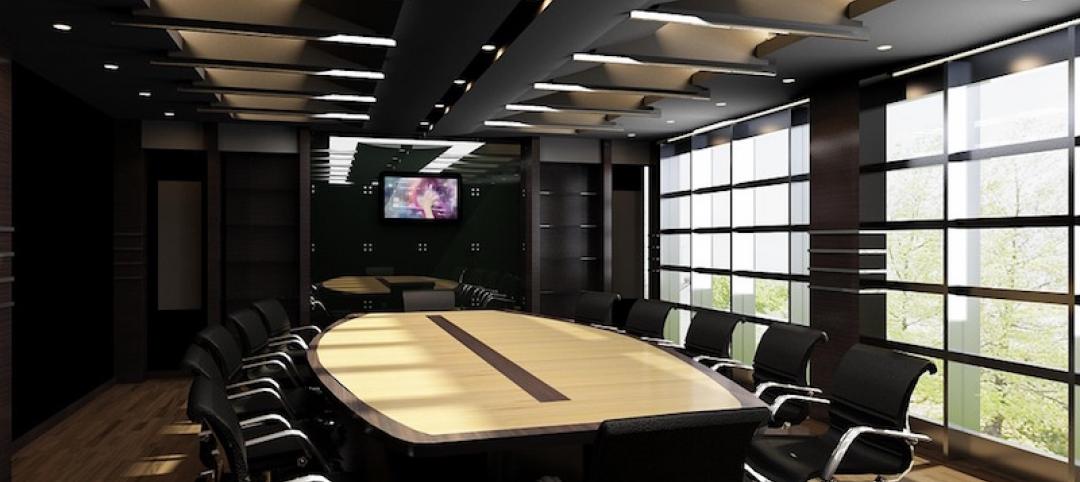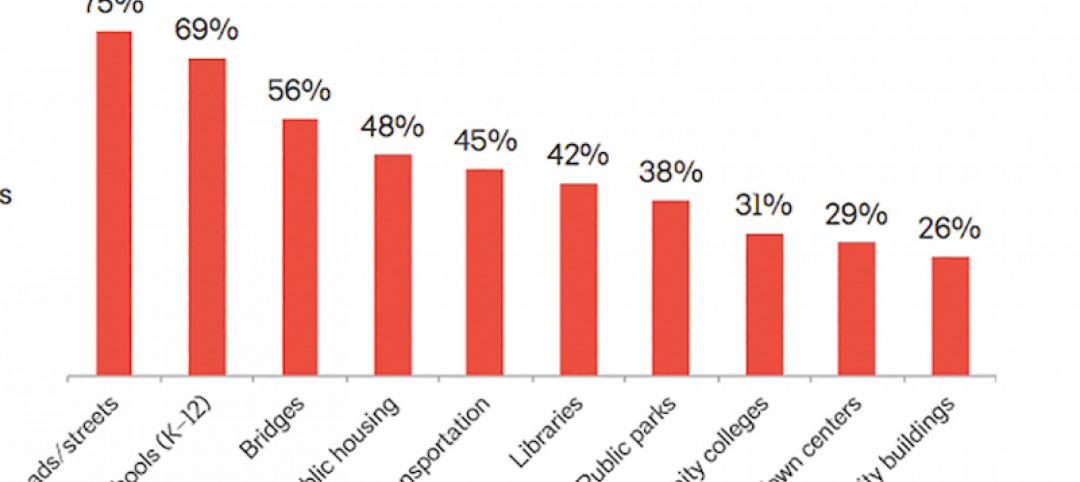With little choice but to adopt virtual care options due to pandemic restrictions and interactions, telehealth adoption soared as patients sought convenience and more efficient care options. Virtual visits peaked at 52 percent of visits in the second quarter of 2020 and since then have stabilized to around 11 percent, according to May 2021 data from Chartis Group, up from a pre-pandemic utilization of less than 1 percent in early 2020. But telehealth is not replacing the physical office by any means. JLL Healthcare’s new patient consumer survey results reveal that 62 percent of care visits were exclusively in person with no virtual care component. Of the respondents who noted having virtual care components, about 31 percent resulted in a physical office visit, suggesting telehealth’s position as an augmentation to the physical office, rather than a replacement.
“Physical facilities are still at the center of the healthcare ecosystem,” said Jay Johnson, U.S. Practice Leader, JLL Healthcare. “Virtual care via telehealth is replacing some in-person visits, but nearly three quarters of the care still involved a physical location according to our survey results. Telehealth is actually leading to subsequent in-person care interactions that might not have occurred otherwise. Steady occupancy of 91 to 92 percent in the national medical office market over the past three years, coupled with slightly increasing rental rates, seem to bear out the durability of physical sites of care.”
Overall, convenience wins, with 83 percent of patients traveling less than 30 minutes to access care and 40 percent travelling less than 15 minutes. Unsurprisingly, primary care and urgent care visits were most likely to have had shorter travel times. Visits to surgery centers required the longest amounts of travel, with 31 percent traveling 30 minutes or more. Patients continue to prioritize locational convenience over facility quality, which has remained true since 2020.

According to the 2022 survey, virtual components of care were more common in the Northeast and West (41 percent and 43 percent respectively), in comparison to the Midwest and South (32 percent and percent respectively). Specifically, 75 percent of behavioral health/psychiatry clinic respondents had a virtual component to care.
Seventy-six percent of all respondents who have had a telehealth visit since July 1, 2021 would prefer telehealth visits in the future. However, preferences in care differ based on patient community, with urbanites more likely than others to request a telehealth appointment for an initial consultation, suggesting that even in a dense urban community with more options for care available, convenience still prevails. Only 36 percent of urbanites traveled less than 15 minutes to a healthcare facility, compared to 45 percent of suburbanites, which also alludes to why telehealth is more likely to be embraced in urban settings.
“Telehealth’s convenience will make it here to stay as a facet of the healthcare industry, and in turn, its accessibility will result in more in-person care,” said Richard Taylor, President, JLL Healthcare. “Because of this, systems need to embrace telehealth and invest in strengthening the performance and capabilities of their technology platforms.”
The JLL Healthcare Patient Survey was conducted via Engine Insights with a nationally representative group of U.S. residents from January 3, 2022 to January 12, 2022. The number of respondents totaled 4,060, in which 52 percent were female and 48 percent were male.
JLL Healthcare provides a full range of real estate and facilities solutions for hospitals, physicians and other care providers as well as real estate investors that own and operate medical and seniors housing properties. JLL Healthcare helps clients plan, find, finance, buy, lease, sell, construct, optimize, manage and maintain the most-advantageous facilities anywhere in the US for all property types along the continuum of care, serving over 350 million square feet of healthcare property annually. Visit us.jll.com/healthcare to learn more.
Related Stories
Office Buildings | Mar 7, 2017
Large creative office projects generate staggering returns for property investors
A new Transwestern report examines the adaptive reuse trend across the U.S.
Industry Research | Mar 7, 2017
These are the 10 most expensive cities in the world to build in
Paris, Frankfurt, and Macau are all on the list, but none of them are more expensive than the city in the number one spot.
Office Buildings | Mar 2, 2017
White paper from Perkins Eastman and Three H examines how design can inform employee productivity and wellbeing
This paper is the first in a planned three-part series of studies on the evolution of diverse office environments and how the contemporary activity-based workplace (ABW) can be uniquely tailored to support a range of employee personalities, tasks and work modes.
Industry Research | Feb 15, 2017
Putting workers first should be every employer’s priority
The latest Sodexo report on workplace trends explores 10 factors that are impacting the global work environment.
Industry Research | Feb 13, 2017
How thought leadership marketing can generate referrals for your firm
The most effective way to boost your reputation is through thought leadership marketing.
Market Data | Feb 1, 2017
Nonresidential spending falters slightly to end 2016
Nonresidential spending decreased from $713.1 billion in November to $708.2 billion in December.
High-rise Construction | Jan 23, 2017
Growth spurt: A record-breaking 128 buildings of 200 meters or taller were completed in 2016
This marks the third consecutive record-breaking year for building completions over 200 meters.
Market Data | Jan 18, 2017
Fraud and risk incidents on the rise for construction, engineering, and infrastructure businesses
Seven of the 10 executives in the sector surveyed in the report said their company fell victim to fraud in the past year.
Market Data | Jan 18, 2017
Architecture Billings Index ends year on positive note
Architecture firms close 2016 with the strongest performance of the year.
Industry Research | Jan 12, 2017
Are public buildings considered infrastructure?
A survey, conducted in October by The Harris Poll on behalf of AIA, asked 2,108 U.S. adults if they considered public buildings part of their community’s infrastructure.















